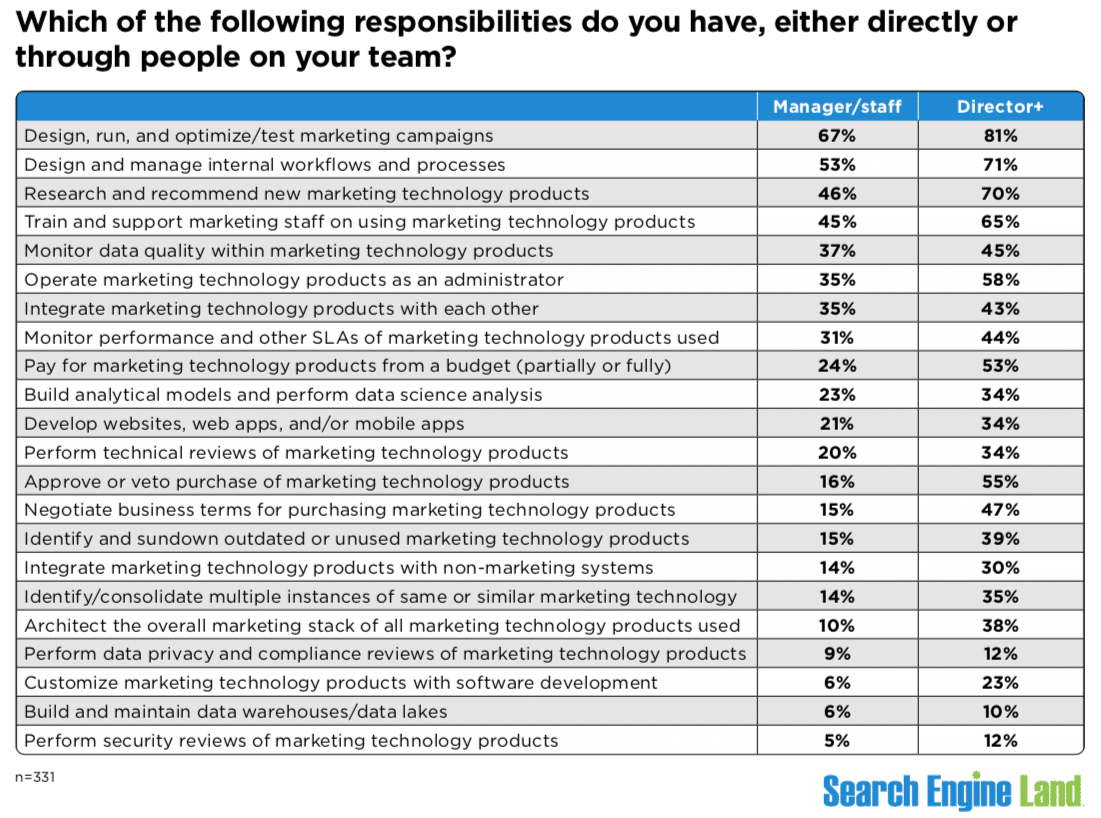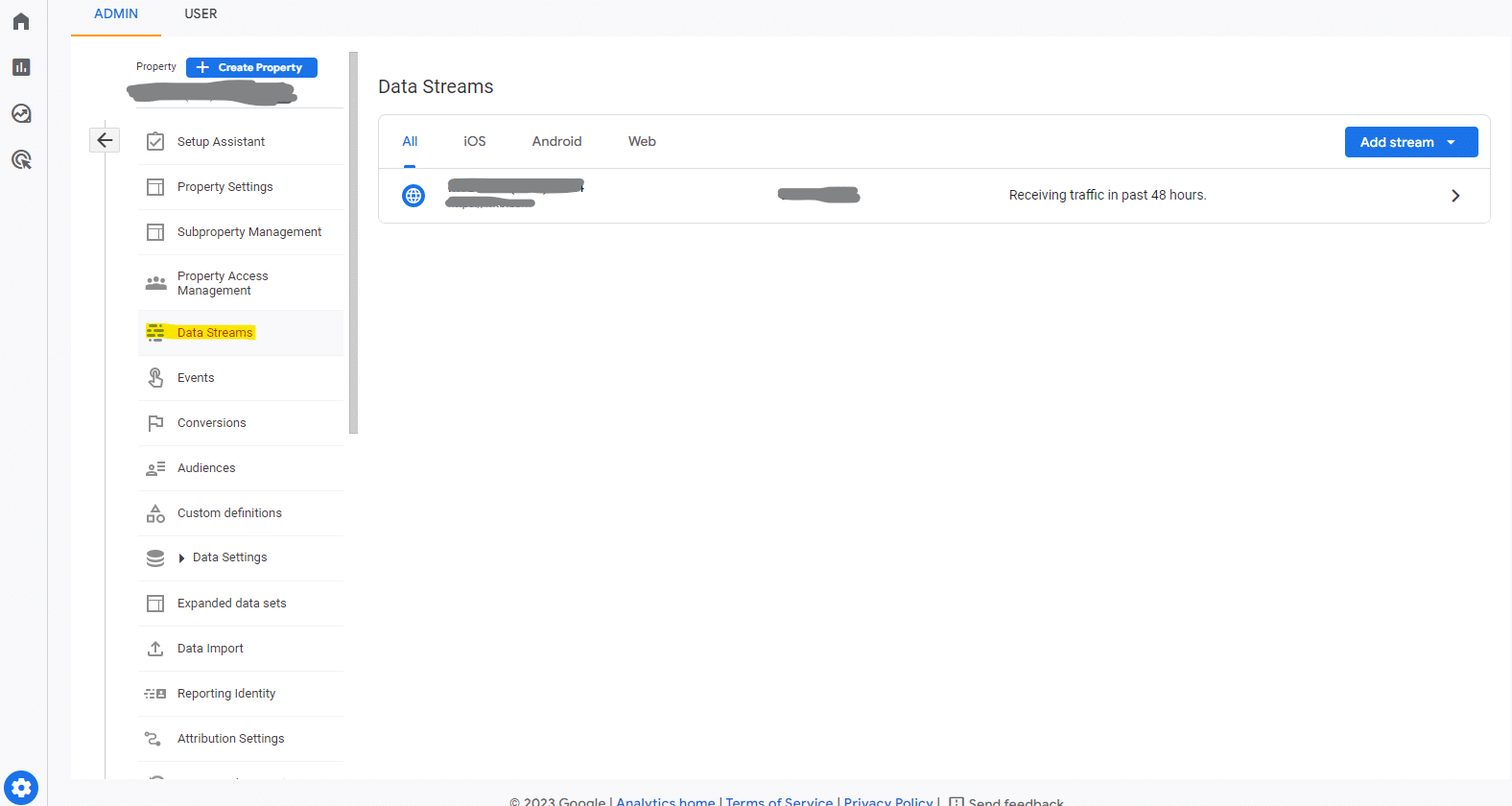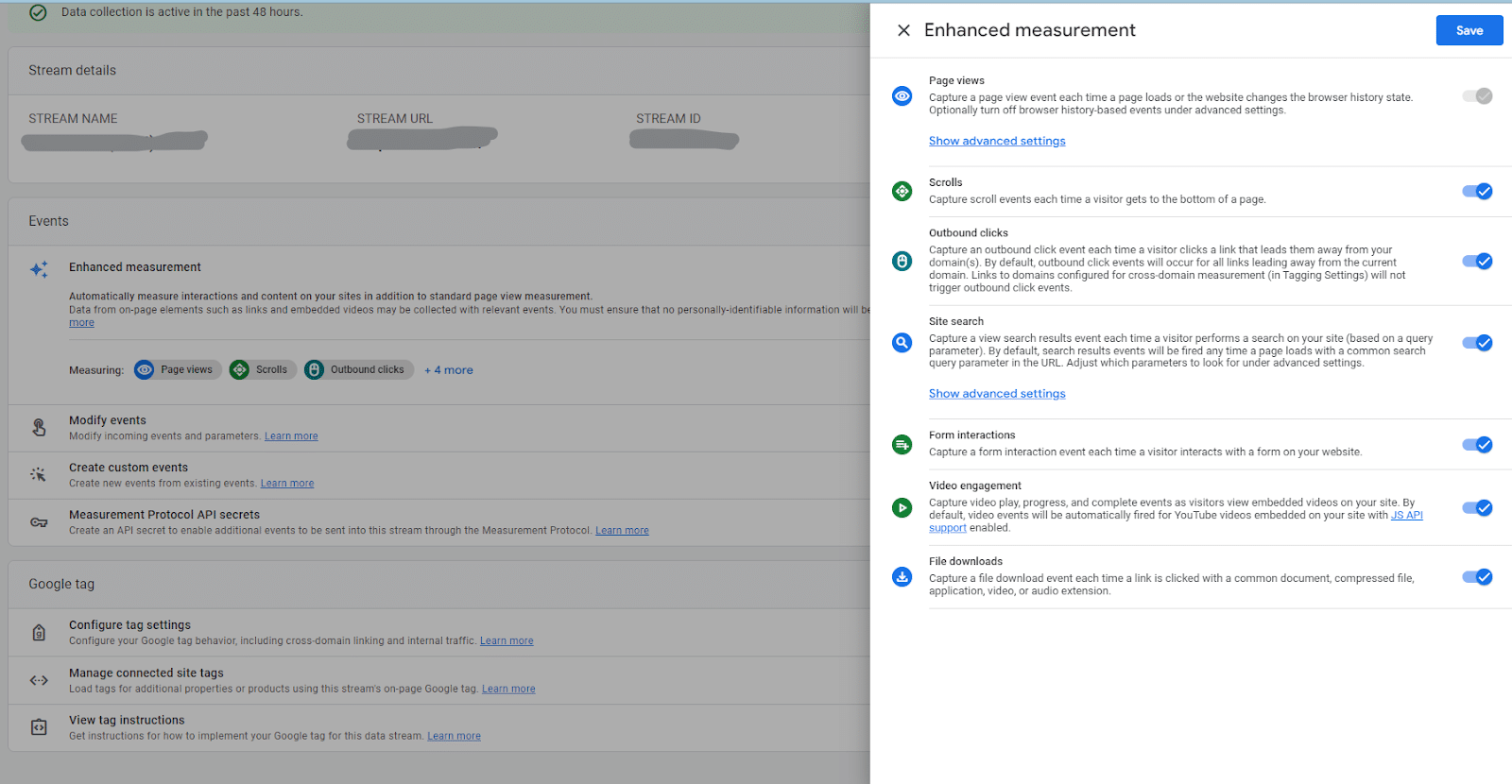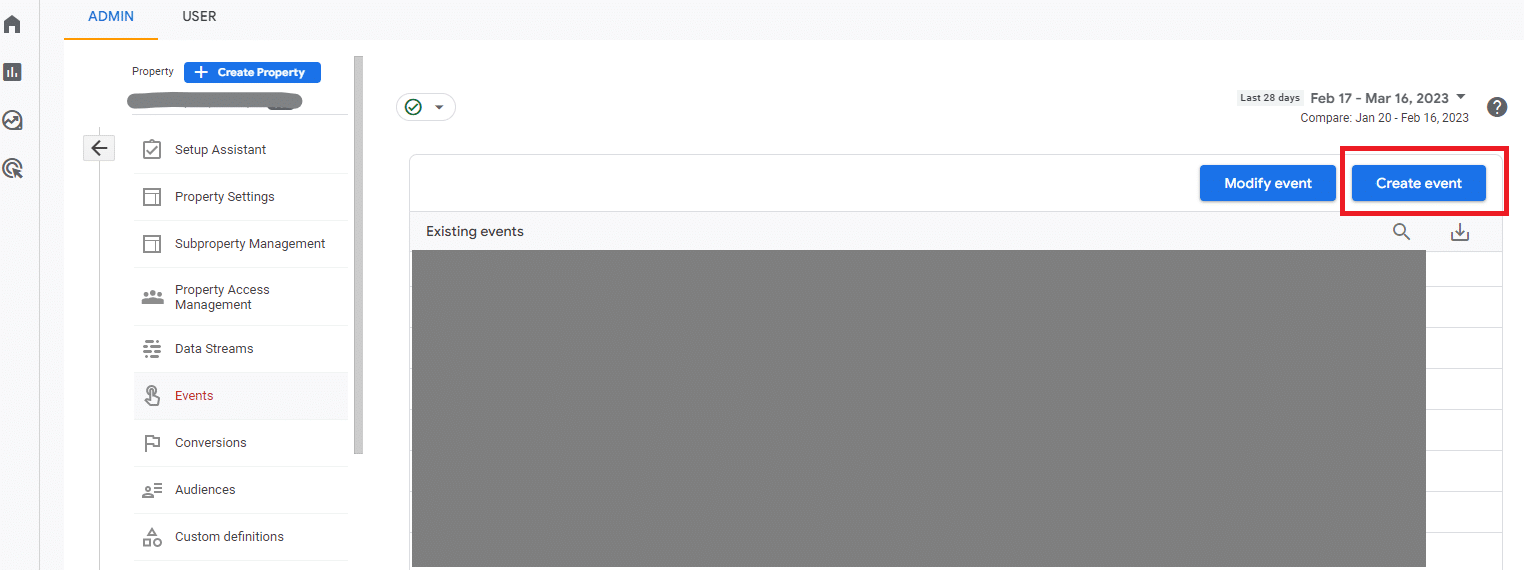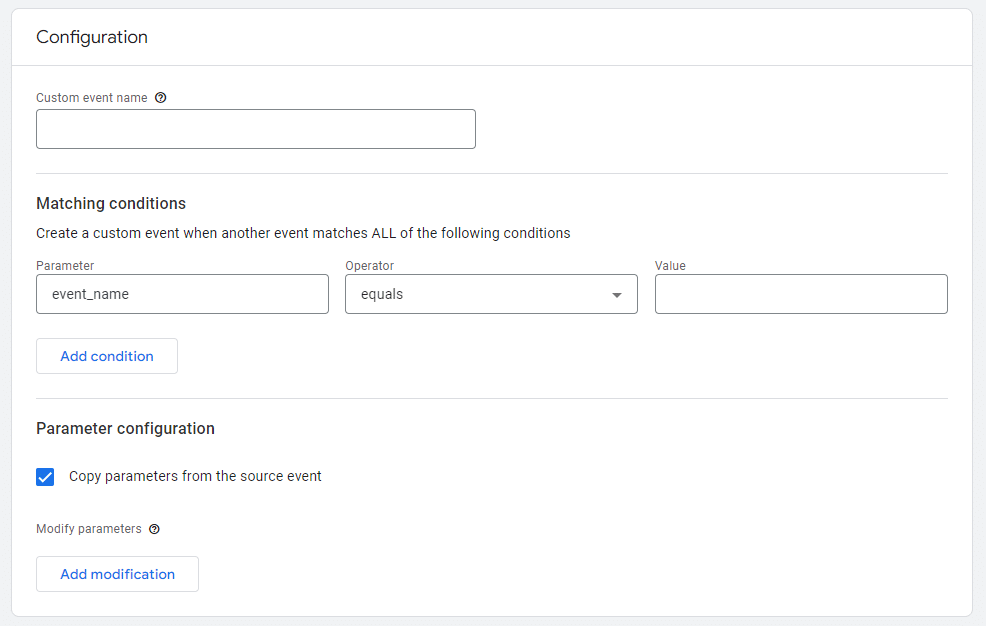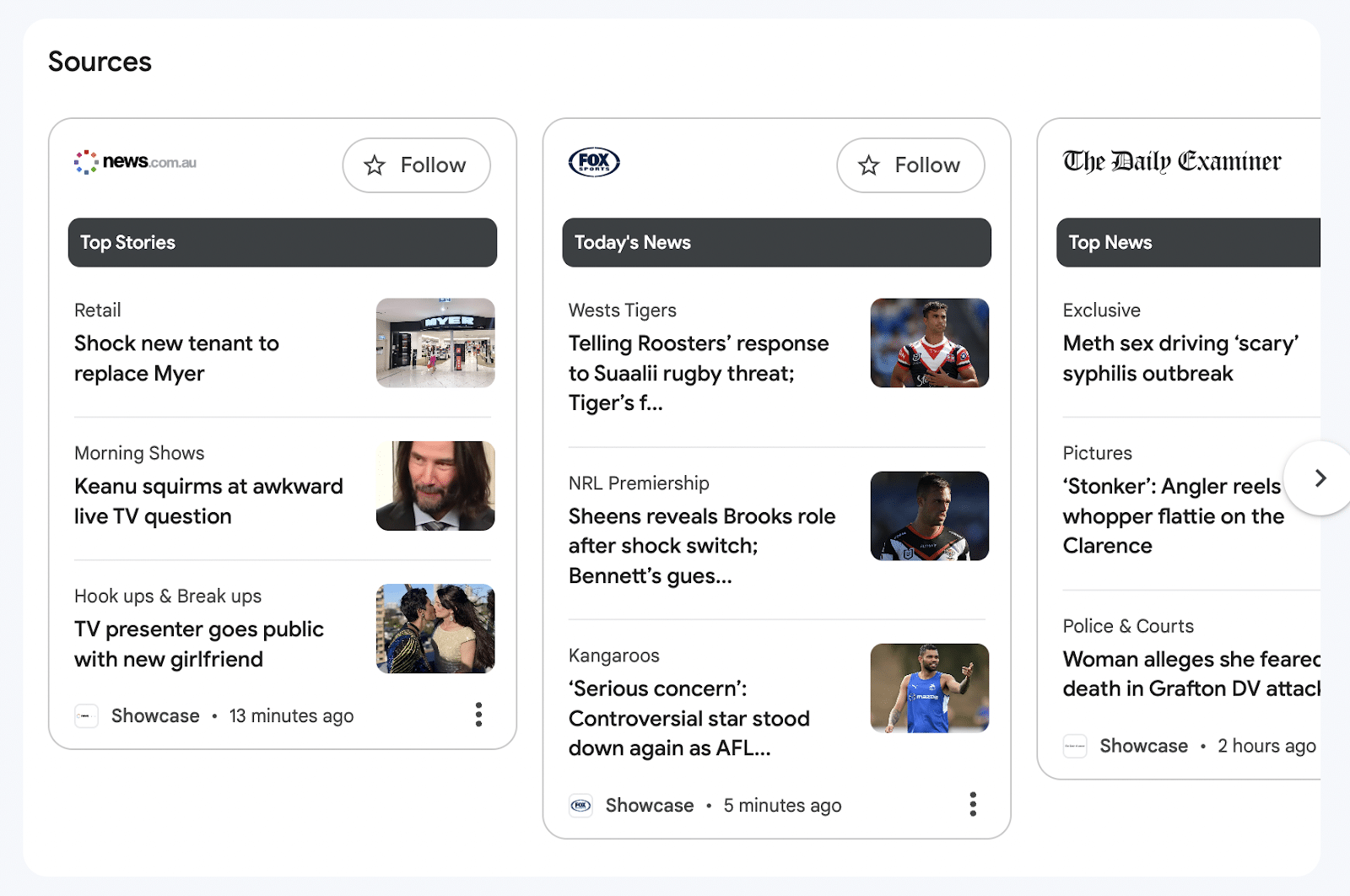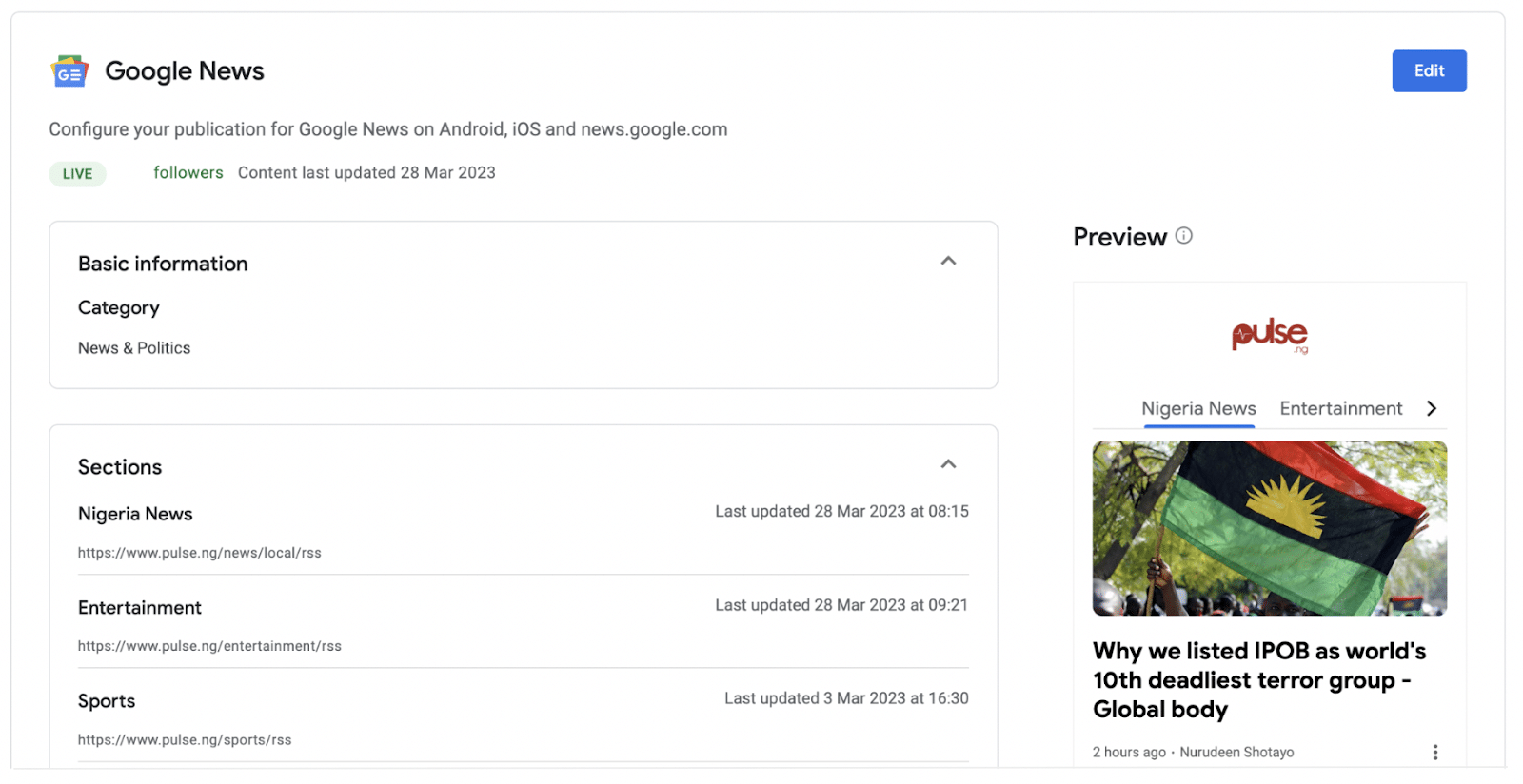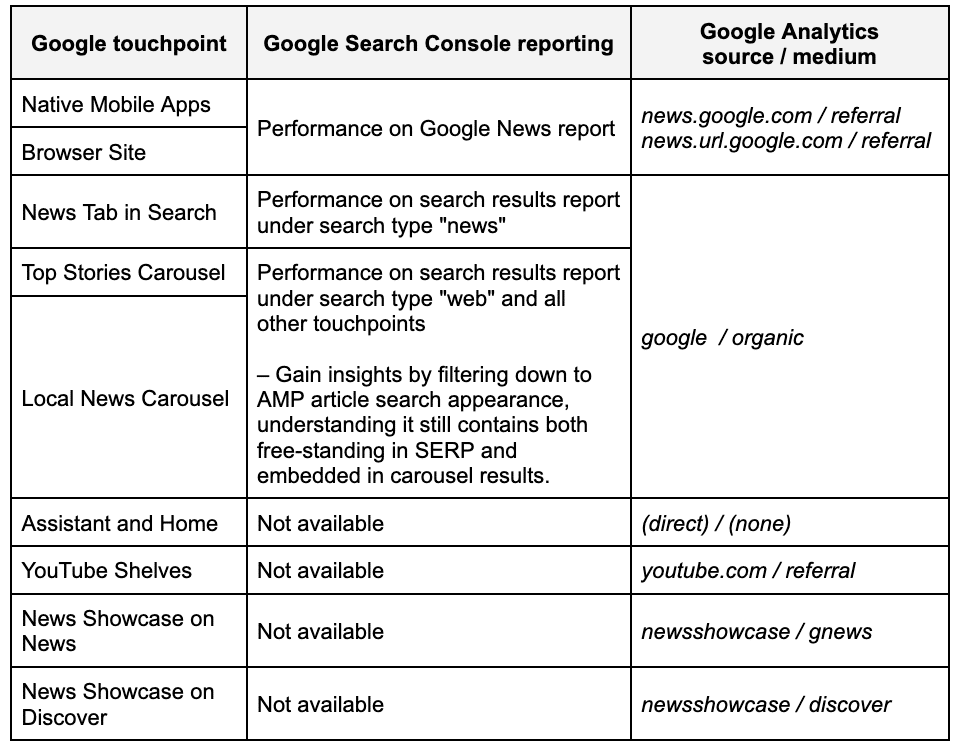Let’s set the record straight. Google News optimization is not only for news sites.
Any website which regularly invests in timely content can reach engaged audiences and drive quality traffic with a solid Google News SEO strategy.
Google News-driven results send over 24 billion clicks per month to publishers. Here’s how to claim your share.
Google News aggregates and amplifies story exposure
Google News is an aggregator that offers somewhat newsworthy local and international stories from numerous sources, categorizing content into topics.
I say “somewhat newsworthy” because what Google defines as “news” is now lax.
The publisher no longer needs to be a dedicated news site. You can get in with your blog if you regularly produce high-quality, original and timely content.
You may get in without knowing it, as Google automatically considers any content in its index that complies with Google News content policies for inclusion.
Ranking in Google News can be a game-changer for content visibility. However, audience targeting and reach can vary greatly depending on the placement.
Partnership placements
The Google News Showcase is a content licensing program in which Google pays participating publishers to curate their best content.
It’s unique within Google News products because the publisher’s editorial team selects which stories to show readers.
This selection is displayed in Google Discover and across Google News surfaces in a Sources panel.
Personalized placements
Google personalizes content for each individual user based on their interests, sources, locations and past activity on Google Search and YouTube. This algorithm dictates what is shown on:
- “For you” tab on Google News Android and iOS apps, plus the browser version on news.google.com.
- “Suggested sources” in news stand tab.
- Google News app push notifications.
- Google News daily briefing emails.
- “News tab” of the YouTube app on TVs.
- “Subscribe with Google” module in search.
It can deliver a highly engaged audience if your coverage matches the user’s topics of interest.
Location-driven placements
For videos, Google News offers placements in:
- YouTube’s top news.
- YouTube’s breaking news
- In U.S. local news shelves.
- YouTube.com/news
- The News section in the YouTube app.
Google News articles also have a chance to show:
- On YouTube in the developing news information panel.
- In the news tab in search.
- The headlines section of the app and site.
- Down into the full coverage reports.
- The local news carousel in universal search.
However, the ultimate prize is securing a spot in the top stories carousel within universal search. This will also show if you ask Google Assistant news-driven queries such as “What’s the news?”
None of these placements are personalized. Everyone of a qualifying age who shares the same region, language and location settings sees the same content.
For this reason, non-personalized placements have a higher impact potential. Those within universal search can also offer an easier route to display for highly competitive search terms than attempting to rank position one.
So with all that potential visibility on the line, what should you do to appeal to the Google News algorithms?
It’s not as simple as a few bullet points
The bullet points on the “Ranking within Google News” guidelines are too simplistic and offer little tactical guidance.
Even though Google does flesh them out in the News Initiative documentation, the added value is minimal.
However, the documents clarify that much of the ranking system used in Google News is shared with that of Google Search.
For example, with usability. This is all about clean, well-structured, cross-browser and cross-device compatible code that delivers on core web vitals.
Now that Google News no longer requires AMP for the top stories carousel, usability optimization for Google News and Google Search is essentially the same.
From here on, let’s assume that any point shared by both the Google News and Search algorithms is a given, and instead concentrate on specific SEO tactics for Google News that go beyond what you’re already doing for Google Search.
Branding essentials for Google News SEO
When it comes to the Google News algorithm, the conventional signals of relevance and popularity take a backseat to source authoritativeness.
Think “E-E-A-T to the max” and curate credibility with these four tactics.
Establish a strong presence in Google Publisher Center
It’s not required to submit your site in Google Publisher Center, but it offers clear benefits:
- Improve discoverability: Become eligible to appear in the Newsstand area of Google News.
- Branding control: Set a publication name, category, language, location and visual style.
- Topic optimization: Google News algorithms heavily utilize the topic layer of the Google Knowledge Graph. Publisher Center allows you to classify content into section feeds to exhibit your expertise in specific topics. Ideally, at least one of these sections will be tailored for local news.
- Grow your following: Readers can follow your publication, greatly increasing the chance your content will be shown in personalized placements. Support this action like you would your social media accounts by adding a Google News follow button linking to your publications on site.
- Convert readers to subscribers: By leveraging the “Subscribe with Google” paywall.
To control the order of articles on your page in Google News, submit content as a feed rather than a section URL.
Highlight author expertise
Include a byline linked to the author’s page, or at least an author box, in every article submitted to Google News.
The content must work toward establishing expertise and being recognized as an authority in their field. Ensure bios include:
- Author’s full name.
- A professional headshot.
- A meaningful short bio of 2-3 sentences, including relevant professional experience and awards.
- Links to professionally used social media accounts.
- Links to that author’s published articles.
For a real competitive advantage, collaborate with your key editorial team members to have them entered into the Google Knowledge Graph.
Being associated with Google-acknowledged contributors enhances your publication’s credibility and reinforces Google’s trust in the value of your content.
Provide newsroom transparency
Build trust through an About page. This should include:
- Information on the publication (i.e., mission statement, editorial policies and standards, a brief history and key achievements).
- Information on the publisher, company or funding source behind it.
- Staff information, both editorial and business.
- Headquarters address.
- Non-generic contact information, including email address and phone number.
The impact of social media signals on Google News rankings is contentious.
But at the very least, brands aiming to gain traction in Google News should invest in regular tweeting to become eligible for the “From Twitter” section in “Full coverage” reports and the Twitter carousel in universal search, which appears on approximately 35% of all U.S. news related queries according to NewzDash.
Technical essentials for Google News visibility
While Google News may include your article or video content without you doing any specific optimizations, the only way to see the channel’s full potential is by having the technical basics of Google News SEO in place. This involves four key actions.
Entice Googlebot to crawl faster
Like any Google surface, your content can not be indexed by Google News without first being crawled.
But speedy crawling is even more critical in Google News as it works off a short-term index and heavily biases fresh content. Making indexing speed paramount to success.
In addition to crawl optimization fundamentals, get indexed fast by:
- Submitting a news sitemap to Google Search Console and adding the URL to your robots.txt file. Be sure URLs are added immediately upon publication and removed after 48 hours.
- Using WebSub to notify Google instantly of new content, else content from section feeds will only update hourly.
- Submitting news-focused YouTube videos and article content as a section RSS feeds, website URLs or profile links in Google Publisher Center.
- Embedding videos hosted on external sites (hopefully YouTube to reap the full visibility benefits) in on-site content via an
<iframe> tag.
Exceed image expectations
Images are a key driver of click-through rate (CTR) from Google News.
On news surfaces, Google may show various sizes of thumbnails or, in some cases, no image due to the article’s available image aspect ratios and resolutions.
If the article’s image is subpar, it won’t qualify for all positions.
As such, it is essential for news content to contain at least one image that meets the requirements of:
- Resolution: 50,000 pixels minimum when multiplying width and height.
- Aspect ratio: 16:9
- Format: JPEG, JPG or PNG. WebP works well for Google products but can potentially cause compatibility issues with other marketing tools, such as those for email or push notifications.
- Placement: Placed on the page near the article title.
To avoid being limited by image quality and outperform competitors, work toward the following:
- Ensuring 1,200 x 674 pixels resolution.
- Adding 4:3 and 1:1 aspect ratio versions.
- Setting
max-image-preview:large or use AMP to encourage a larger image preview rather than a thumbnail image.
- Posting original, sharp images.
Technology can aid certain requirements, such as automated cropping to the additional aspect ratios and warning messages for non-compatible formats, but not the actual content of the image.
Don’t allow your article to get lost in a sea of sameness.
A standout image can compel a reader to click on your story over a competitor’s, resulting in Google News algorithms driving more visibility for that story and other stories.
Ultimately, you must train your editorial teams on the “why” behind image requirements for Google News SEO because it impacts visibility in Google News and beyond (i.e., Discover, universal search and many other niche ecosystem touchpoints).
Eliminate any date confusion
Google states they don’t “depend on a single date factor because all factors can be prone to issues.”
Leave no room for interpretation. Show a single, user-visible date and label it appropriately with text like “Published” or “Last updated.”
Do this on a dateline in between the headline and the article text in a clear format.
07/03/2023 could be read as either March 7th or July 3rd, depending on your location.
7th March 2023 or Jul 3, 2023, on the other hand, leave no ambiguity.
Minimize the presence of other dates on the page.
Although it may be unavoidable within the article body, you control it in surrounding elements, such as not including the publication date of related articles.
And as a final fallback, add “datePublished” or “dateModified” structured data, including the date and time.
Be mindful of using the correct time zone and take daylight saving time into account.
News-specific structured data
Use NewsArticle structured data markup (the appropriate choice over Article or BlogPosting) to help the indexer clearly understand the content and show your desired headlines, images, and date information in Google News.
But don’t stop there. Additionally, as appropriate, add markup for:
Author to connect your brand entity to your author’s entities and the authority they bestow.NewsMediaOrganization over the more generic Organization.VideoObject to help videos appear on news surfaces.Speakable if you target the U.S. English-speaking market and seek to be a first mover on news played through Google Assistant.ClaimReview to apply a label to published stories with fact-checked content, such as round-up stories that contain multiple fact-check analyses.FAQ as FAQ rich results are often featured within full coverage reports in Google News.LiveBlogPosting that provides closest-to-live coverage of an event through continuous updates for a limited period. This provides a red “LIVE” label in the top stories carousel and can boost rankings over non-live content for breaking news topics.
Content essentials for Google News rankings
Once you have the branding and technical fundamentals, take it to the next level with Google News content optimization techniques.
Consistent topic coverage
While reporting on news as it happens is essential, effective Google News optimization requires planning news stories into your editorial calendar.
Leveraging relevant trending topics allows you to win visibility on news-related search terms that trigger the "Top stories" carousel. As such, keyword research remains critical.
Google Trends is an excellent resource beyond the trending now section.
In explore, select the "News search" option to identify topics with consistent news interest, such as celebrity names, or when predictable topics, such as annual events, will take off.
Plan continuous coverage of the topics for as long as relevant.
For breaking news stories, this means steadily publishing new, relevant information at a cadence that matches the story.
For topics with predictable longevity, this means publishing or refreshing an article every few days during that period.
This topical expansion can include news reports, interviews, opinion pieces, data journalism, photojournalism, live coverage, etc. Consistently plan ways to explore fresh angles.
Resource constraints? Syndicated reportage is preferable to no coverage.
Google asks for originality and promises to feature the publication that broke the story, but analysis highlights how freshness often wins over originality.
Utilizing indexable syndicated content can drive significant organic sessions, but it should supplement original content, not replace it entirely.
And remember, blindly chasing trending topics isn't a solid strategy. Evaluate its relevance to your editorial goals before investing resources.
Because more than ever, news publishers are restricted by the need for E-E-A-T. A publication will typically only achieve top stories visibility for topics that they regularly cover.
For example, ESPN is an authority in sports, but if they publish on an unrelated technology trend, they will not have the topical authority to be seen in Google News.
Focus on freshness
Google states:
"The URLs used for web location sections should regularly link to fresh content. Since we look for content less than 90 days old, the site needs updates regularly."
Yet, XML sitemaps are limited to the last 48 hours.
A quick sampling on Google News surfaces will often be heavily biased to under 10 hours in the non-personalized and two days or under in the personalized placements.
It's clear: the more recent the content, the higher chance of it being surfaced.
So when you see a piece of content bringing in significant sessions start to drop off, refresh it by doing a substantial update to the content.
This could include adding fresh text, rewriting key elements (i.e., the title or subheading) or swapping out images or videos.
To get the page recrawled quickly, ensure the refresh triggers an update to the publication date on page and the last mod date in XML sitemaps and link the story from a prominent location such as the homepage or category page.
If you don't regain traction through republishing but know the user interest in the topic remains trending, publish a new article from a different angle to appeal to Google News's desire for diversity of content.
But don't be fooled. Freshness is not only about the publication date of an individual piece of content. They also factor in the overall brand. This is evidenced by numerous comments directly from Google:
So regular, relevant publishing is key.
Headlines matter
While Search results often display the <title> tag, Google News may use this, but more often will take the <h1> to use in the snippet.
As such, it's vital to use relevant, entity-focused keywords in the headline and convey as much of the story as possible.
Essentially, treat your on-site article or YouTube video headline similar to how you would a title tag – knowing they don't need to exactly match to rank, but there should be a strong correlation.
Google was uncharacteristically specific on headline requirements:
"Article titles should be at least 10 characters and between 2 and 22 words" and "Headlines should not exceed 110 characters."
I say "was" because, in January, they removed the 110-character limit for the headline property in the Article structured data documentation, saying:
"There's no hard character limit; instead, we recommend that you write concise titles as long titles may be truncated on some devices."
It's likely the best practice guideline has been forgotten in the update.
Witty puns or lengthy lead-in style headlines that work well offline will only confuse search engines that rely heavily on headlines to determine ranking.
They are also less likely to win the click when directly competing for the user's attention on a surface like Google News.
Focus on making headlines clear and compelling, using the active voice and present tense to increase CTR.
Understand the impact of Google News optimization
Just submitted a publication? Don't expect an immediate impact.
Google News takes up to four weeks to review content after your first submission.
Once you're in, start by confirming how many URLs submitted to Google News are crawled and indexed from an article and video perspective.
This data is available in the indexing reports when you filter to your Google News sitemap.
When you then move on to try to understand how that content is performing in Google News, you hit challenges.
Google doesn't report its impact under clear line items but splits reporting over multiple sources or includes it in nondescript referrers and many other touchpoints.
As such, Google News surfaces don't receive as much credit as they deserve.
Nevertheless, use your data to understand topic coverage and hone your strategy.
Key takeaway
Don't try to be everything to everyone. Focus on your editorial specialties to establish E-E-A-T.
Put in place a strong technical foundation, then strategically publish on relevant trending topics to leverage the vast visibility of Google News.
The post How to master Google News optimization to boost content visibility and traffic appeared first on Search Engine Land.



